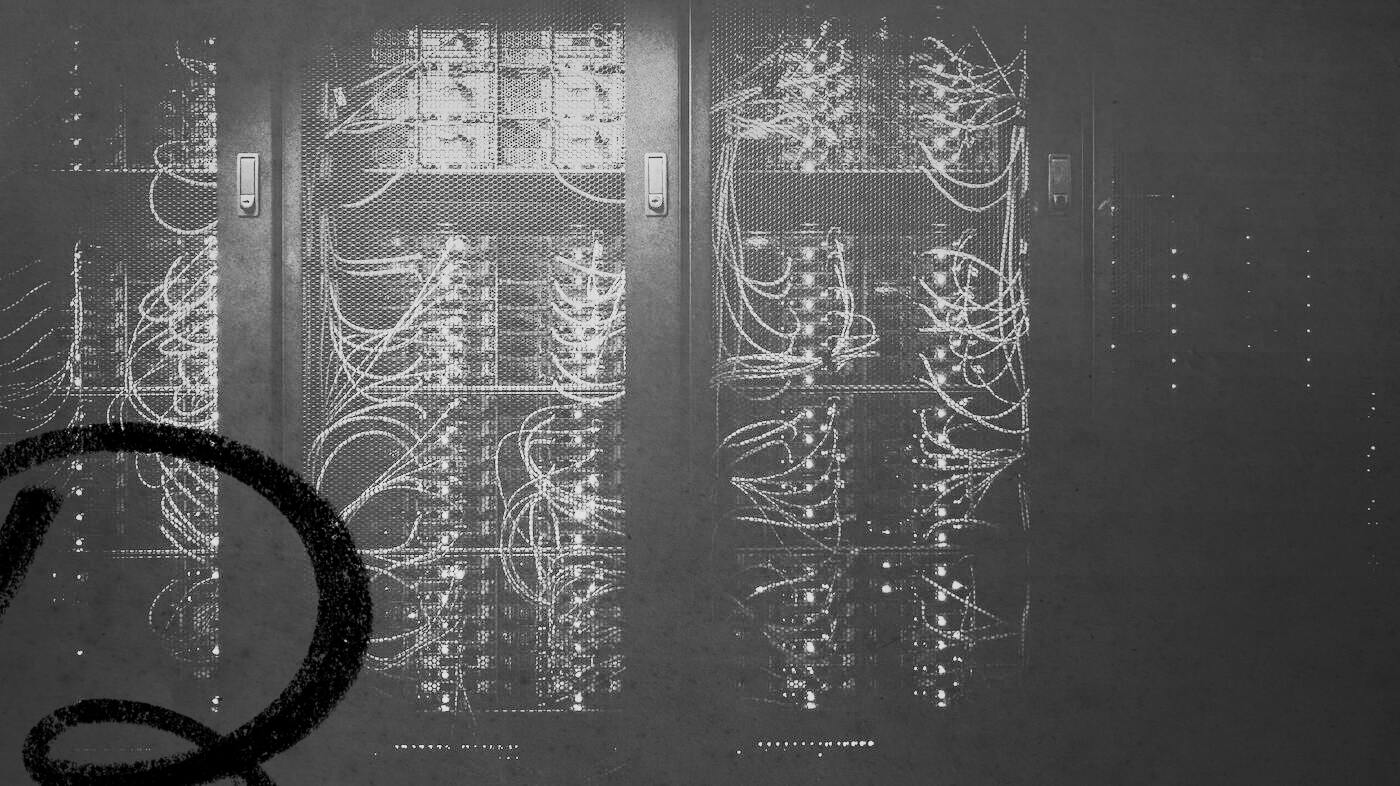This is a free preview of a subscribers-only post.
Welcome back to Action Items, a series in which we condense and extend interviews with interesting people into actionable bullet points—only for paid subscribers.
When we think about high performance, we usually think about machines.
You know, like race cars. Or fighter jets. Or maybe a rack of servers pulsing green and blue, the heartbeat of the internet flowing through their circuits at millions of operations per second.
Servers never sleep. They never take a day off. And neither does the software that runs on them. It powers every website we use, and it's optimized so that every box is checked, and every best practice is implemented. It's constantly being monitored to make sure every last bit of performance is being squeezed out of it.
It’s a good reflection of how we sometimes see ourselves. We design ourselves to serve units of work at the highest speed possible, with the lowest latency and the biggest throughput. And we try to tune ourselves to match.
Now, if we're going to tune ourselves in this way we should probably ask ourselves the question: is this actually how software works? Is the software that sits on servers really hyperoptimized like this? Are best practices always implemented in every situation? Is every bit of performance consistently being squeezed out?
My friend Nate Berkopec doesn’t think so. He runs the software performance company Speedshop, and the way he thinks about optimizing is not at all like this.
The main thing he avoids? Optimization for its own sake. Nate’s not trying to squeeze very last bit of performance out of every system he touches. Instead, he’s constantly asking himself, What is the bar for performance of this system? Then he makes the lowest effort changes with the maximum possible impact to meet the bar. When it’s met, he forgets about that part of the system.
It turns out that for Nate thoughtfully optimizing software has taught him a lot about the right way to optimize himself.
Productivity for its own sake, is “driven by anxiety,” he told me. “Someone in a position of authority says, Thing X is good. So therefore we think, I should be doing thing X. But the question is never asked, Does thing X help me do what I like? Or, Is X thing required to accomplish my goal?"
In short, for someone who’s derived his productivity lessons from working with machines, his system is remarkably human.
So how does Nate stay on top of his own performance? Let’s dive in!
Today’s Action Item is 900 words, that’s 4 minutes and 30 seconds of actionable reading.
🌈 GTD, the Nate Berkopec way
Nate says he never feels task despair—that paralyzing sensation that there is so much to do and no clear starting place or plan to accomplish it all—largely due to his well structured GTD system.

